Mitsubishi Tensei 1K Shafts Review: All 6 Profiles Tested
It’s one of the most played shafts in the professional game, but what did Joe Ferguson make of the Tensei 1K family from Mitsubishi?
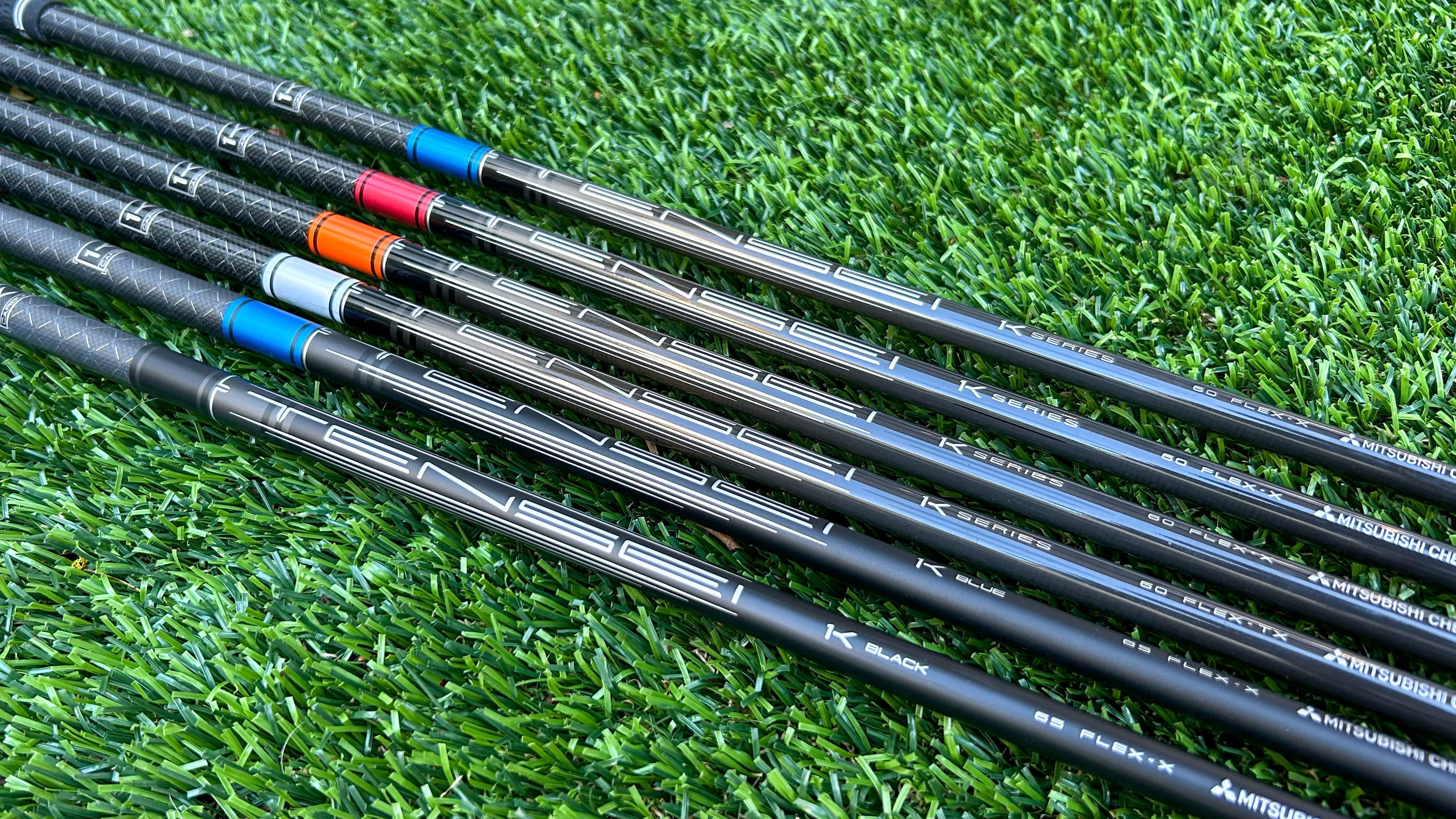
The Mitsubishi Tensei 1K family offers a highly refined and technologically advanced system where every golfer can find their optimized flight profile. From the piercing stability of the White and Black to the effortless launch of the Red, these shafts deliver on the promise of their exotic materials and extensive R&D. The consistent feel and performance across the range make them a dominant force in the premium shaft market.
-
+
Comprehensive profile coverage over two price points
-
+
Extremely premium feel throughout the range
-
+
One of the few ranges to still offer a true counterbalanced shaft
-
-
A lot of crossover between the red and blue profiles in the Pro range
Why you can trust Golf Monthly

Mitsubishi's Tensei line of shafts has been a dominant force in golf since the CK series was released, and the new 1K family continues this tradition by integrating exotic materials and sophisticated engineering. The "1K" designation refers to the 1K Carbon Fiber - a super-premium material three times thinner than Carbon Kevlar - used to create a tighter, more consistent weave that produces what Mitsubishi claims is an exceptional "1K feel."
I wanted to put the full range to the test to see if they deserve their spot in the best driver shafts conversation, and which one or ones might suit your game…
How We Test Shafts
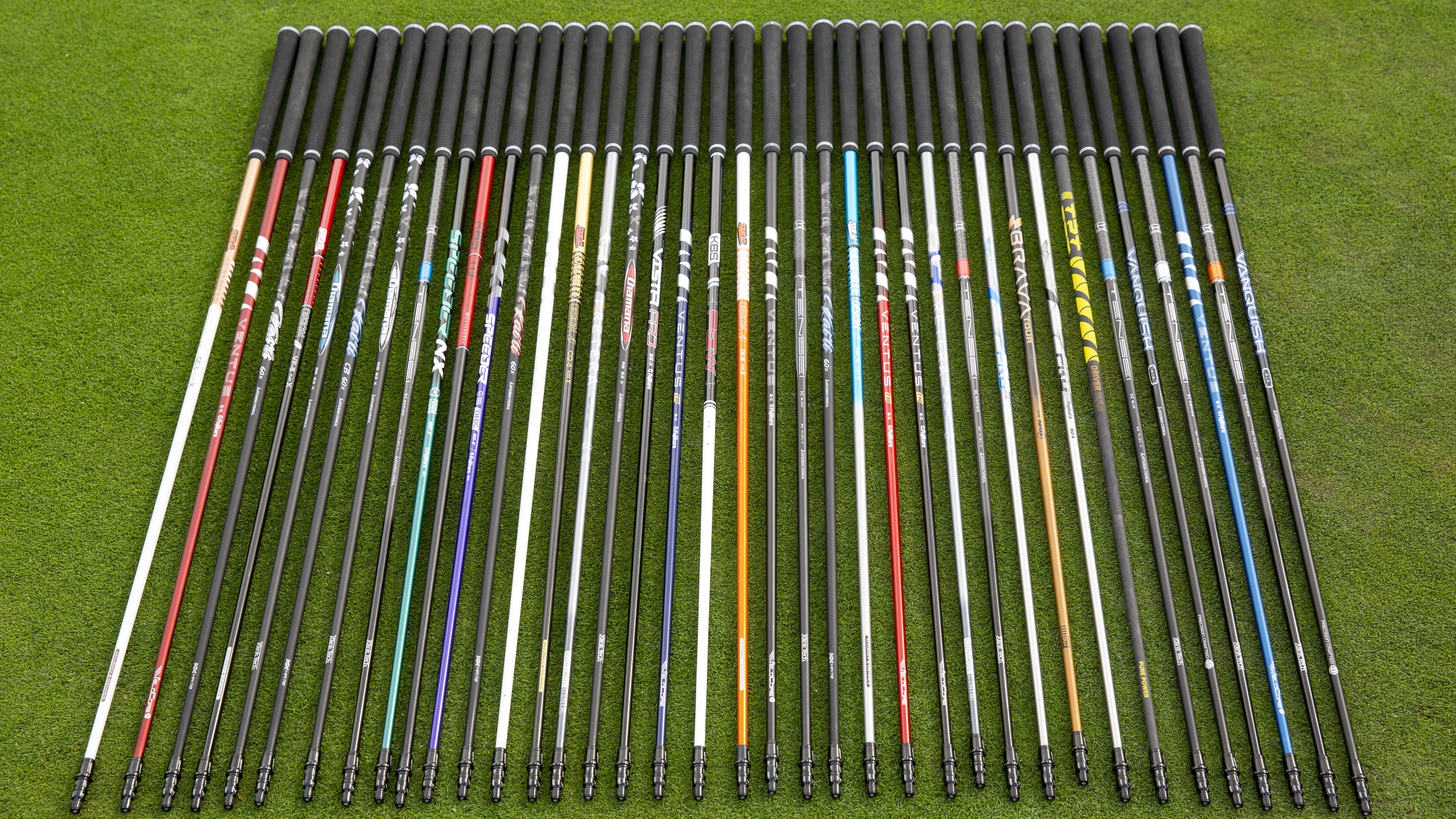
All of our shaft testing is conducted using the same TaylorMade Qi35 core driver head set to a precise 9 degrees (measured), with each shaft cut to an exact length of 45.5 inches, fitted with a Golf Pride Tour Velvet 60R grip. Furthermore, all testing shots are struck from a white castle tee to ensure consistent tee height during testing.
The data is collected and recorded using a Foresight Sports GC3 launch monitor and the same TaylorMade TP5x golf balls.
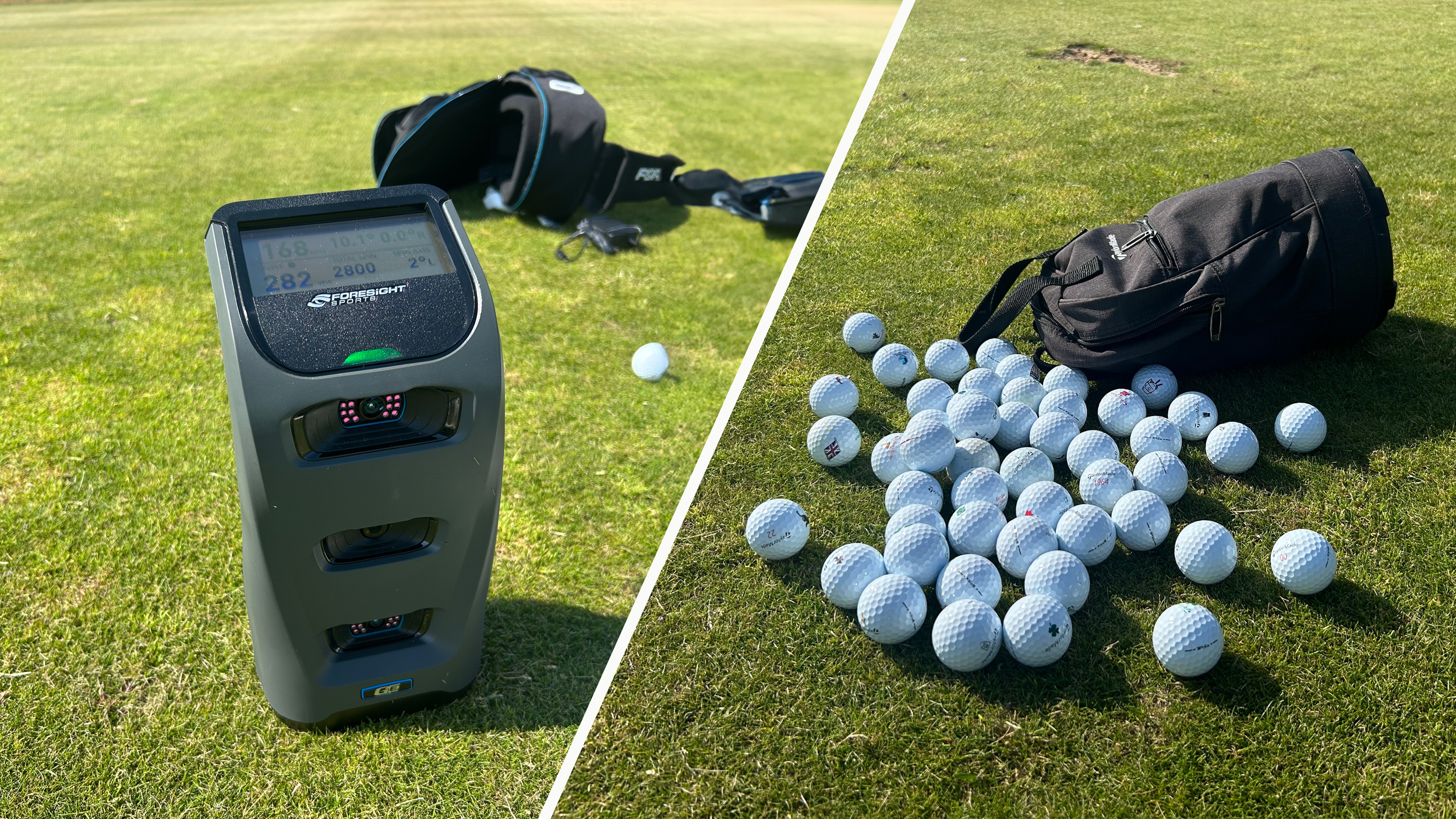
Controlling these potential variables allows me to draw accurate and direct comparisons and form a clear picture of each shaft's performance and feel characteristics.
Mitsubishi Tensei Shafts: Technology
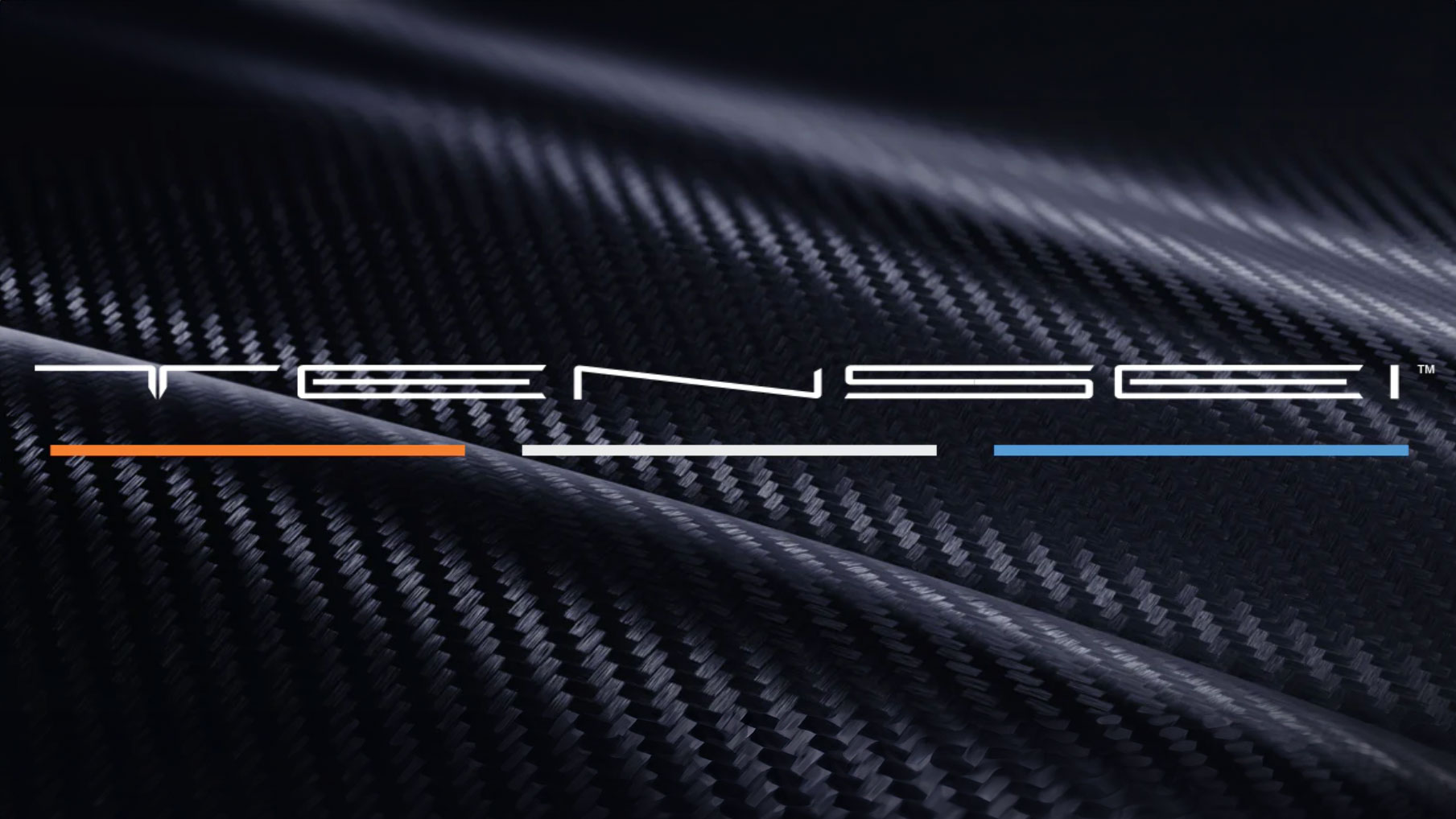
The key technology of the Tensei 1K Pro and 1K lines in held in their recipe of materials:
1K Carbon Fiber: Used in the handle section of the Pro models, this super-premium material reduces ovalization under load for increased stability and consistent center-face contact.
Subscribe to the Golf Monthly newsletter to stay up to date with all the latest tour news, equipment news, reviews, head-to-heads and buyer’s guides from our team of experienced experts.
Xlink Tech Resin System: This proprietary system dramatically increases the carbon fiber volume in the shaft, resulting in a smoother, more responsive feel while simultaneously increasing strength and durability.
Color-Coded Performance: Mitsubishi uses a consistent color system to define the launch characteristics across its entire range, making it easier for fitters and players to select their optimal flight profile.
Mitsubishi Tensei 1K Pro Orange

The Orange profile is unique because it is counterbalanced (more weight at the grip end than normal), achieved by placing tungsten powder in the handle section. It is designed for low launch and low spin, promoting increased clubhead speed.
My testing noted real stability in the handle, feeling solid both at the waggle stage and through the transition. Its counterbalanced nature made the head feel a bit lighter (it actually measured around 2 swing weights lighter than the white profile, interestingly), encouraging me to swing harder and faster without the fear of the head getting left behind.
Players who like a heavy total weight in their clubs may find success here. Because, as I mentioned, the swing weight gets lighter due to the counterbalance, this allows some additional headweight to be added back in and still have the club play at its previous swing weight/balance while adding up to a heavier overall weight.

Players who create a lot of leverage or lag in their golf swing often find success with these counterbalance style shafts, because by moving the balance point further up the shaft, it just becomes a little easier to unload that lag. Players like Sergio Garcia and Matt Fitzpatrick are classic examples of this, with the latter still using the shaft to this day.
Choose this shaft if:
You create a lot of lag in your golf swing, and/or you like a heavy total weight without compromising swing weight
Avoid this shaft if:
You struggle with an early release or ‘casting’ from the top
Mitsubishi Tensei 1K Pro White
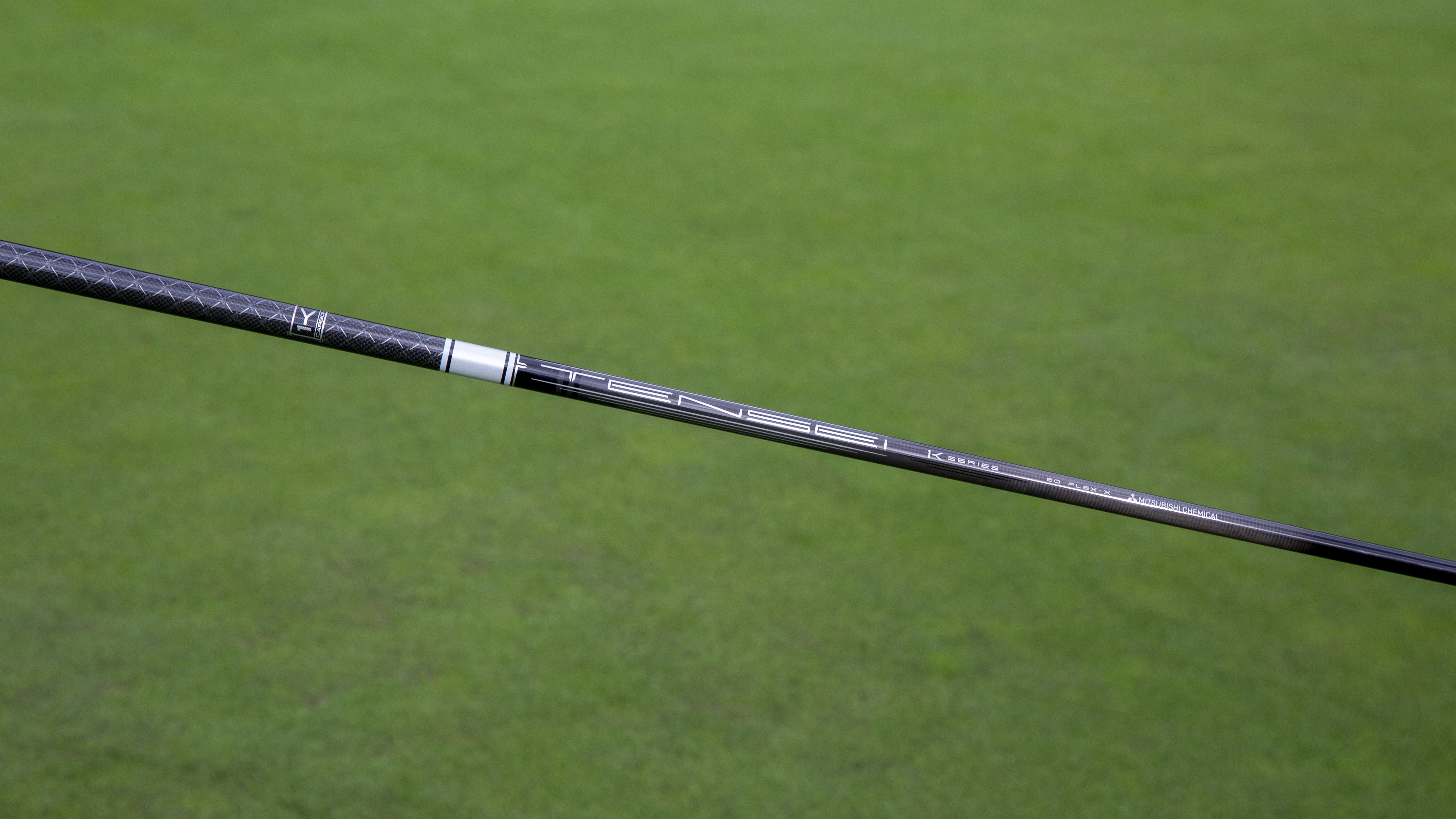
The 1K Pro White is specifically built for the player seeking maximum stability and a piercing, low-spin flight.
Make no mistake about it, this shaft is stout, utilizing MR70 and high-modulus 46-ton material to fortify the tip; there aren’t many firmer tip sections out there.
My experience echoed its reputation: this shaft felt like just about every robust adjective I can think of! Hefty, firm, rigid, strong, and stable are just some of them. If you are looking for a nice, gentle, smooth ride with a shaft, then look elsewhere; this shaft needs full effort to reap the benefits.

More me, it generated a low, controlled ball flight that cut through the wind exceptionally well with spin rates barely exceeding 2000 rpm with much regularity. If you are a high-speed, high-spin player who battles ballooning shots, the 1K Pro White delivers the stiffness and controlled tip section you may have been craving.
I don’t see this shaft as a great fairway wood option for many players, in truth. For most, the lack of assistance with dynamic loft may be a bit of a struggle, but for those who like to cut loose with the driver, they don’t come much more stable than this.
Choose this shaft if:
You have a snappy, aggressive transition and tend to release the club more with your hands than your body.
Avoid this shaft if:
You have a smooth tempo and transition and are looking for a shaft that is easy to load.
Mitsubishi Tensei 1K Pro Blue

The 1K Pro Blue is the versatile, all-around performer of the Pro range, using an enhanced stiffness profile to control the shaft's curvature during the swing. Its profile fits very much in the mid launch and spin profiles that manufacturers often like to categorize their products with.
In my testing, this shaft felt extremely smooth - a hallmark of the Blue profile over the years. I didn’t feel like I needed to work it particularly aggressively from the top to get a response, but equally, it provided ample stability down by the ball, which was very reassuring when I wanted to dial up the speed a little.
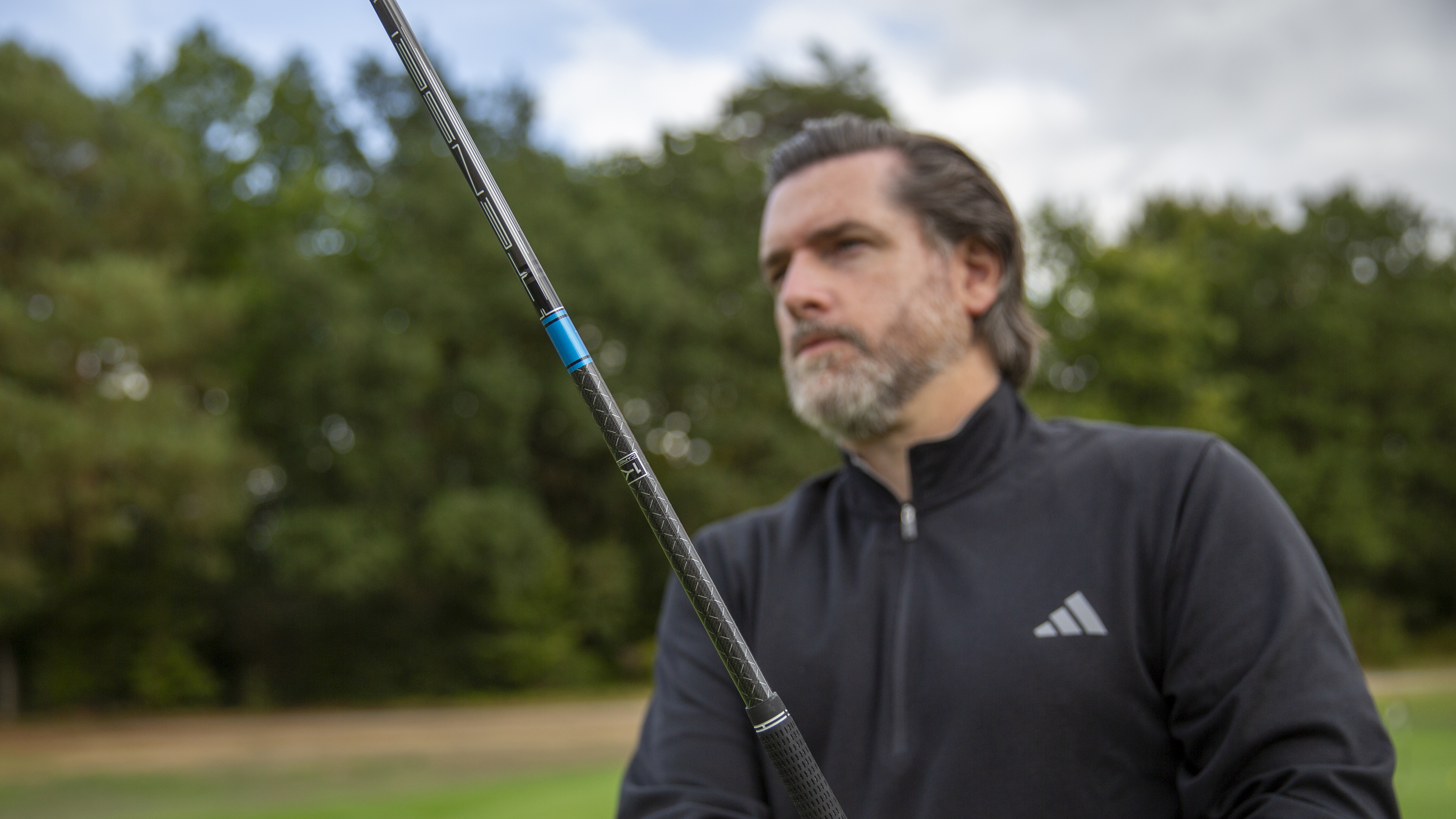
It provided excellent energy transfer and stability, feeling powerful without being overly demanding, and the feedback through the hands was apparent without being too much. At the waggle stage, the Tensei 1K Pro Blue actually felt like it might be harder work than it was due to its relatively firm handle section, but as the momentum of the swing kicked in, the softer corresponding mid and tip sections offered a beautiful balance in feel.
The resulting ball flight was a true mid-launch and mid-spin, making it the ideal "do-anything" shaft that will fit the widest range of golfers looking for consistency. Along with the red profile (below), I think this would also be a potentially excellent choice for many players in a fairway wood, as well as the driver.
Choose this shaft if:
Balance in feel and stability is a priority.
Avoid this shaft if:
You like a soft, responsive feel while waggling pre-shot.
Mitsubishi Tensei 1K Pro Red

The 1K Pro Red is touted as the highest-launching profile in the Pro series, engineered to provide easy height without sacrificing stability.
In truth, to me, this shaft felt almost undiscernible from the blue profile, with the only tangible difference being a fractionally softer mid-section, and it delivered predictably similar launch monitor data overall.
The slightly more noticeable "action" in the mid-section certainly promoted high levels of feel and feedback, along with a very comfortable launch. If you are a player who struggles to get the ball up in the air or needs more carry distance, the 1K Pro Red definitely offers the active profile needed to increase launch angle and optimize carry distance.

Interestingly, the torque profile measures pretty much the same throughout the Tensei range in this TX - around the 3.8 mark, but for some reason, the red profile felt just a touch easier to square up at impact than the white, for example, which promoted a little more of a draw-bias ball flight for me.
Choose this shaft if:
You are looking for the biggest advantage in launch in the Tensei Pro 1K range.
Avoid this shaft if:
You are looking for ultimate stability throughout the swing and impact.
Mitsubishi Tensei 1K Black

The 1K Black is the “non-Pro” version's low-launch model, built specifically for very powerful, brisk swings. It utilizes a focused application of 1K carbon fiber to increase handle strength and drive down torque. If we compare it to the 1K Pro White, the actual raw data produced for me was basically identical, but it achieved this with very different feels. While I stated that the White was as robust and stable as it comes, there is an argument I would listen to, to suggest that the 1K black has a slightly stiffer overall profile, with the White just giving a hint more feedback in the handle section.
This profile felt predictably stout and controlled. It’s built for players who don't want any unwanted movement in the shaft, providing a low-spin, penetrating trajectory.
There are no frills with this shaft; it's just an excellent, stable performer, ideal for aggressive swings that need a strong, no-nonsense shaft.
Choose this shaft if:
You are looking for a poker stiff feel at a slightly cheaper price than the Pro range.
Avoid this shaft if:
You prioritise feel and feedback. This gives you very little of either; it’s just a pure stability machine.
Mitsubishi Tensei 1K Blue

The 1K Blue (non-Pro) is the slightly more affordable mid-launch, mid-spin option that sits in the standard 1K line. It provides a noticeably smoother feel than the Black and is designed to suit the broadest spectrum of golfers.
At the waggle stage pre-shot, I have to say the 1K Blue feels very digestible. Absolutely no sense of harshness, but coupled with a pleasingly stable mid to tip section. In the swing, it offered excellent energy return - actually producing my highest ball speeds of the entire 1K and 1K Pro ranges - and a stable, consistent ball flight.
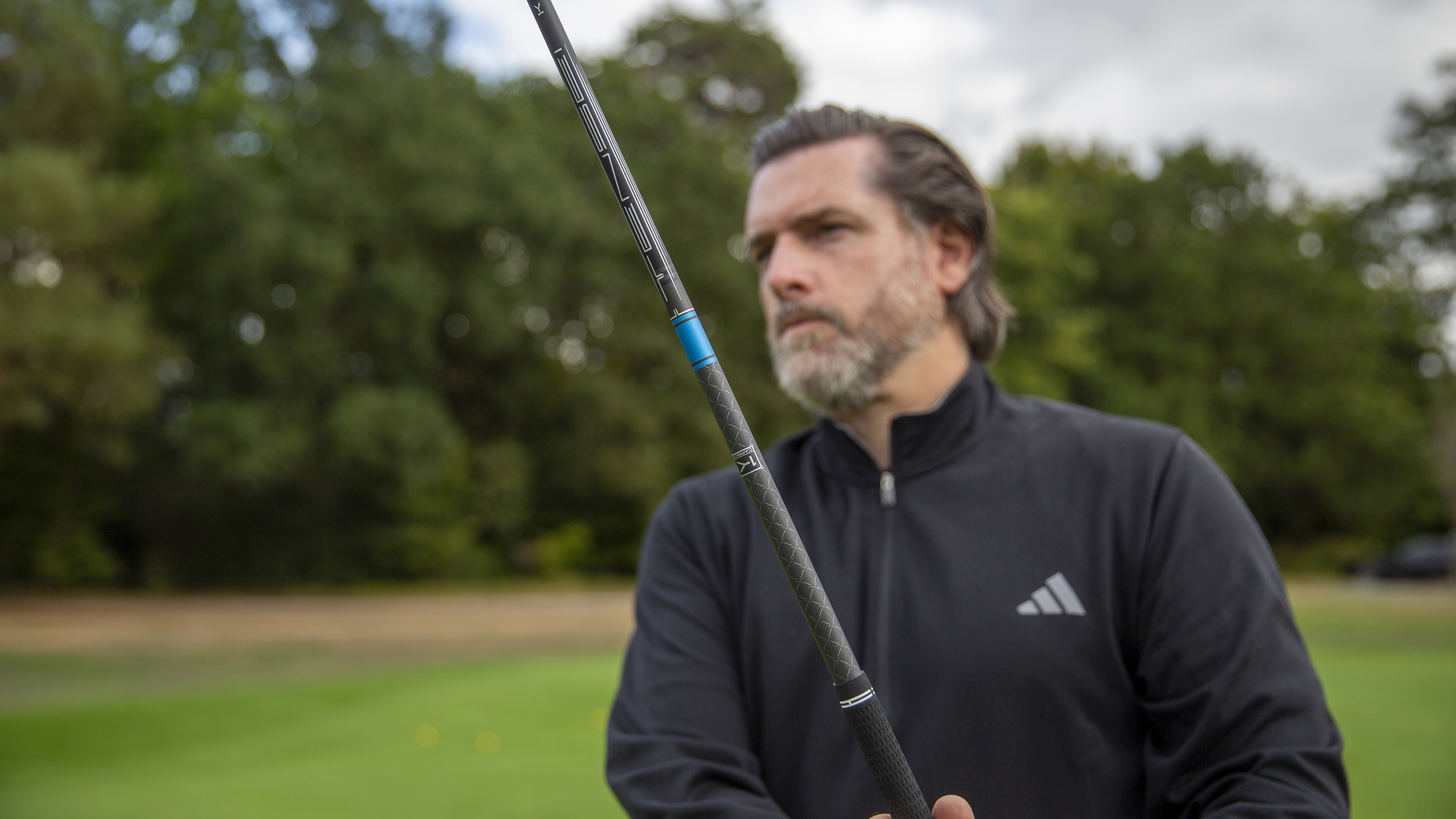
This shaft is arguably the best fit for most club golfers, providing the ideal blend of distance, forgiveness, and smooth feel necessary for consistent results across 18 holes.
Choose this shaft if:
Your budget doesn’t permit you to head into the 1K Pro Blue.
Avoid this shaft if:
You are particularly jerky or snatchy in transition from backswing to downswing.
Verdict
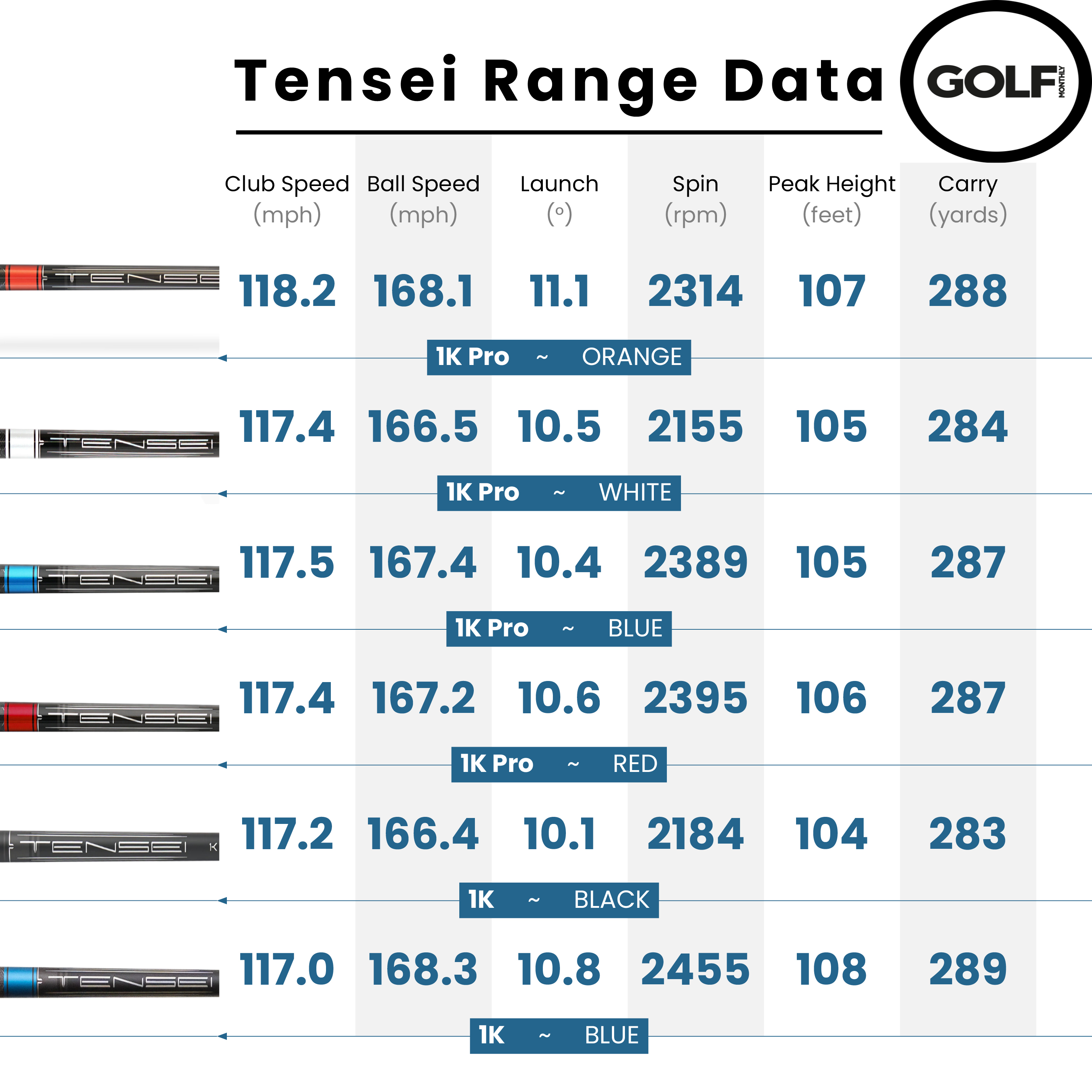
As you can see from the data, there was actually very little to pick from between the shafts in terms of launch, with only a degree between the six shafts that I tested. Furthermore, in my testing there was only a 300rpm spread of spin between every shaft for me, which is a little tighter than some of the other major shaft manufacturers.
The overriding takeaway for me from my testing, however, was the incredibly stable feel of the whole range. Even in the supposed higher launch profiles that can sometimes feel a little flimsy, the Tensei Red and Blue profiles still offered a fairly hefty feel which many players will enjoy.
If you are a player with a lot of lag in your swing, you for certain should test out the Tensei 1K Pro Orange, as one of the few truly counterbalanced offerings in the premium market currently.
Another point I enjoyed with the Tensei range is the two price point offerings within the family, making still premium shafts a little more accessible.

Joe has worked in the golf industry for nearly 20 years in a variety of roles. After a successful amateur career being involved in England squads at every age group, Joe completed his PGA degree qualification in 2014 as one of the top ten graduates in his training year and subsequently went on to become Head PGA Professional at Ryder Cup venue The Celtic Manor Resort. Equipment has always been a huge passion of Joe’s, and during his time at Celtic Manor, he headed up the National Fitting Centres for both Titleist and Taylormade. He’s excited to bring his knowledge of hardware to Golf Monthly in the form of equipment reviews and buying advice.
Joe lives in North Devon and still plays sporadically on the PGA West region circuit. His best round in recent years came earlier in 2023 where he managed a 9 under par 63 at Trevose GC in a Devon & Cornwall PGA Tournament.
Joe's current What's In The Bag?
Driver: Switch between TaylorMade Qi35 and Callaway Elyte TD - both with Fujikura Ventus Black 6-X
Fairway wood 1: TaylorMade BRNR Copper Mini Driver - Fujikura Ventus Black 7-X
Fairway wood 2: Callaway Apex UW 17˚- Fujikura Ventus Black 9-X
Irons: TaylorMade P7CB 3-PW with Dynamic Gold Tour Issue X100 shafts
Wedges: Callaway Opus 50, 54, and 60 degrees - Project X LS 6.0 shafts
Putter: LAB Golf Oz.1 (zero shaft lean)
Ball: TaylorMade 2024 TP5x
Grips: Golf Pride Tour Velvet 60R
Bag: Vessel Player IV Pro DXR Stand
You must confirm your public display name before commenting
Please logout and then login again, you will then be prompted to enter your display name.